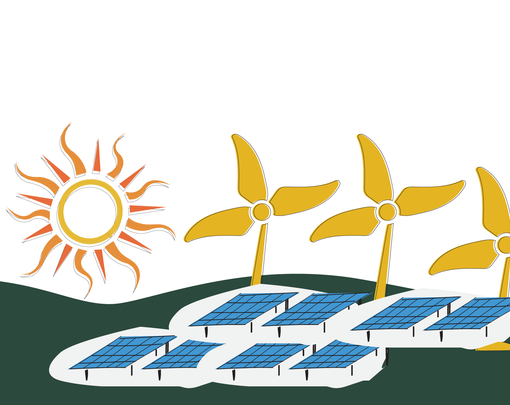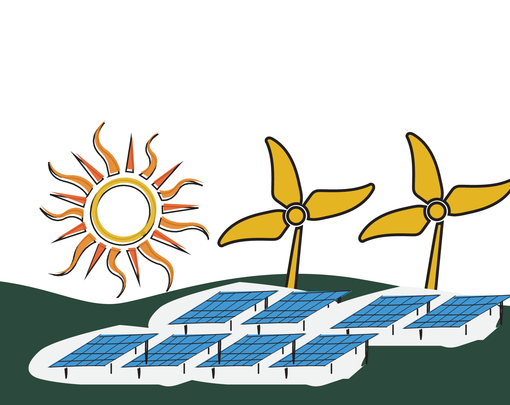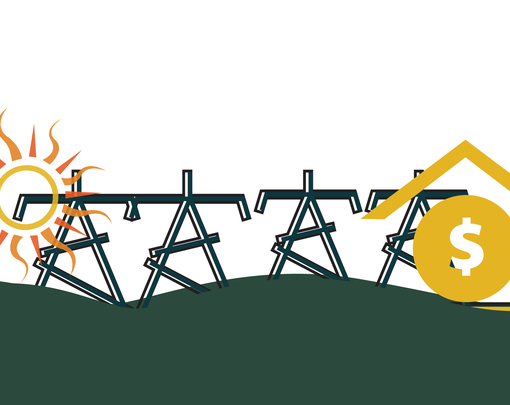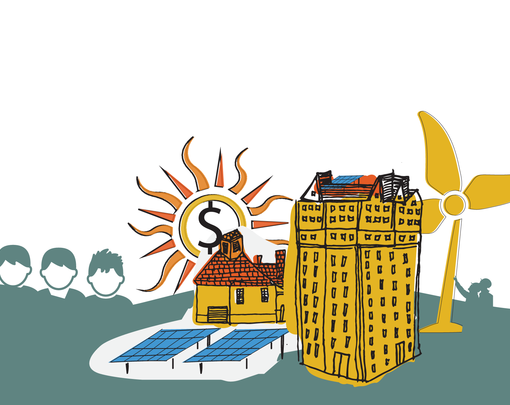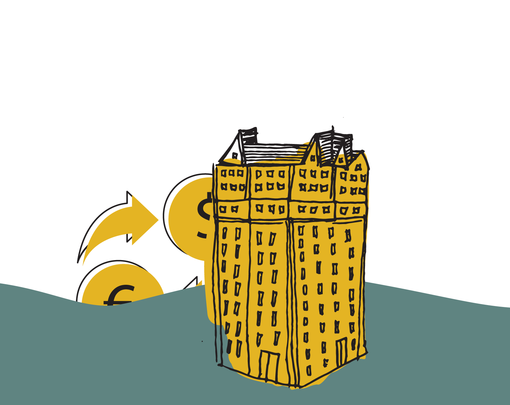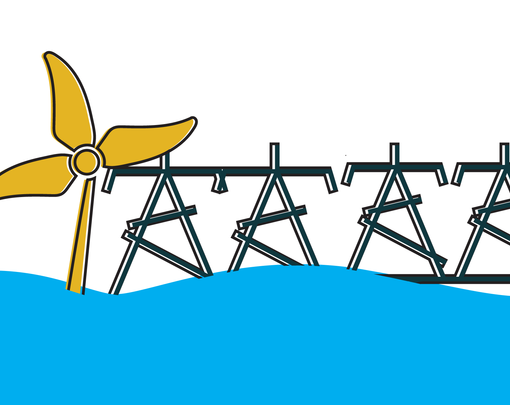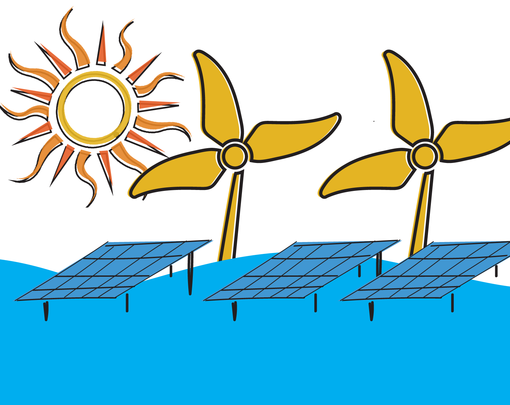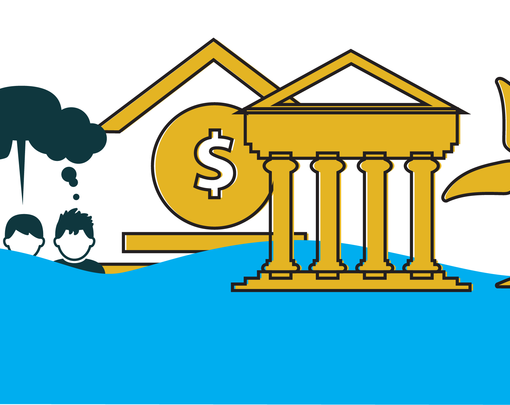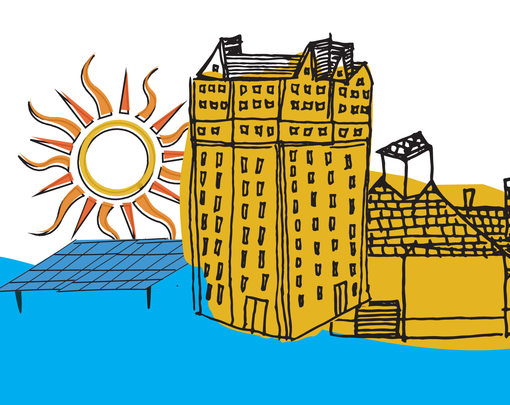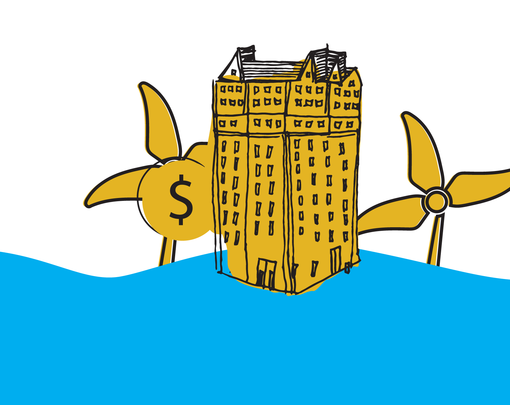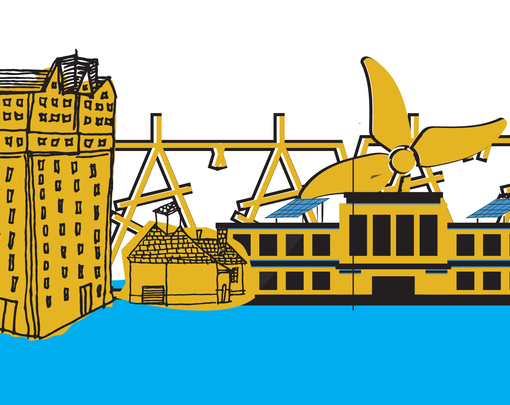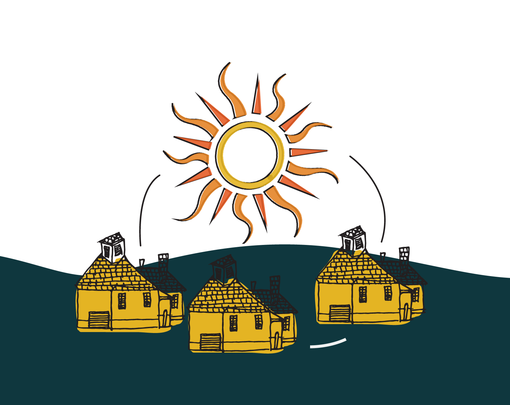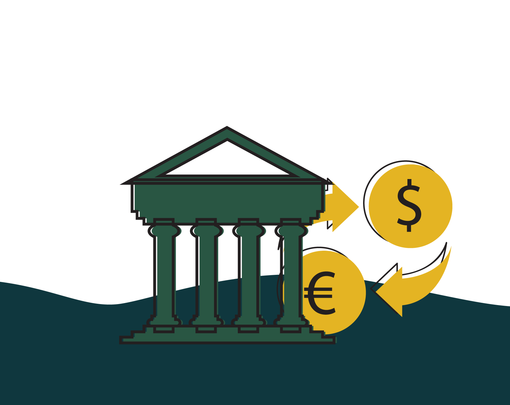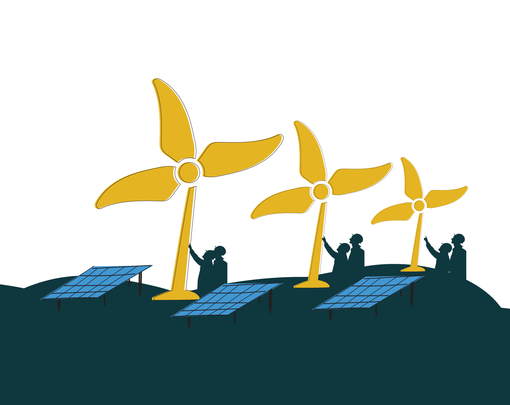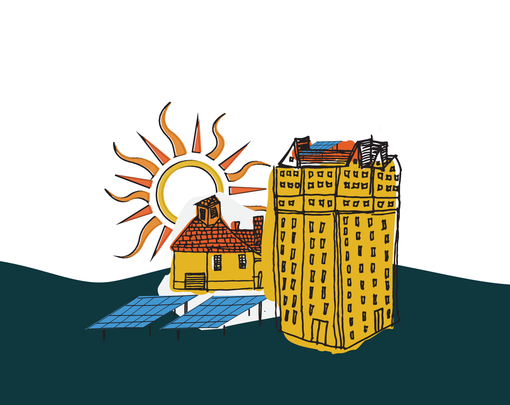Go after clean power low-hanging fruit by incentivizing less energy use through cost-effective upgrades (better light bulbs, less drafts, etc.).
Policy Support:
Discounts on utility bills for energy efficiency investments; tax rebates on investments made in efficiency; extension of below-market financing; direct subsidies for improvements.
Build Capacity?
If structured correctly, can result in significant creation of good jobs in a sector that is accessible to entry-level candidates without extensive training, the ancillary benefits of which can be captured by community-based organizations to increase their capacity as economic developers.
Risk & Drawbacks?
Subsidies are politically fragile: any long-term community infrastructure built around the assumption they will continue to exist indefinitely is exposed to the risk that they will not. Green jobs are not necessarily good jobs: additional investments in inclusive hiring pipelines, job quality standards monitoring, and training are necessary.
Inspiring Examples:
In operation since 1976, the Department of Energy’s Weatherization Assistance Program provides grants to states to help low-income families save energy. Major allocations of additional stimulus funding to the program after the onset of the 2007-08 financial crisis created thousands of much-needed green jobs.

